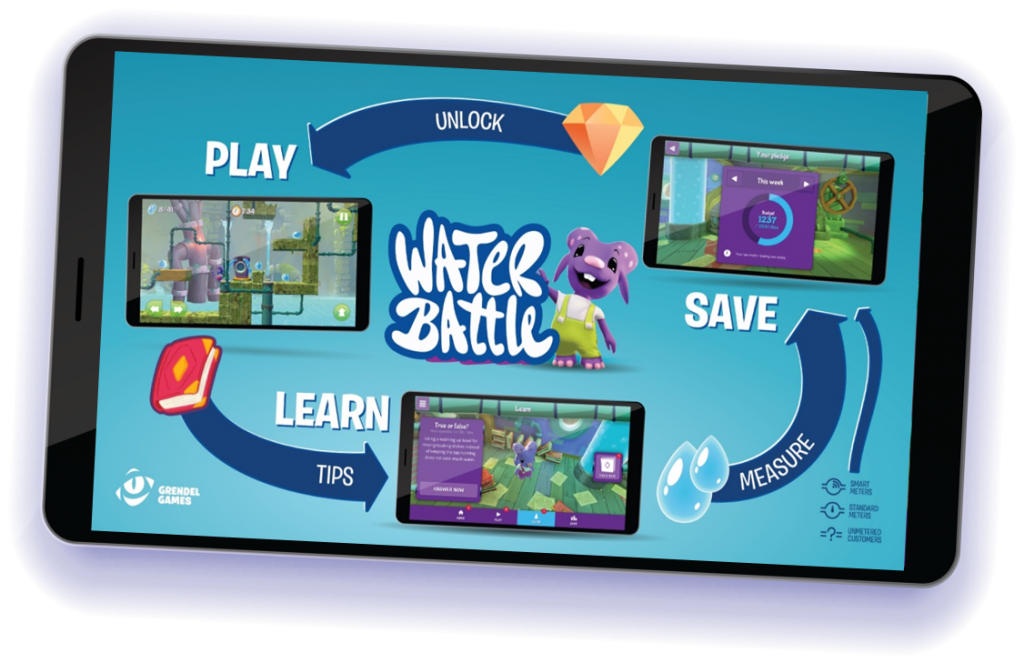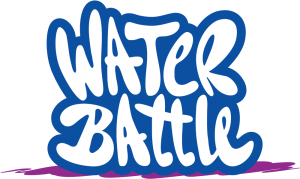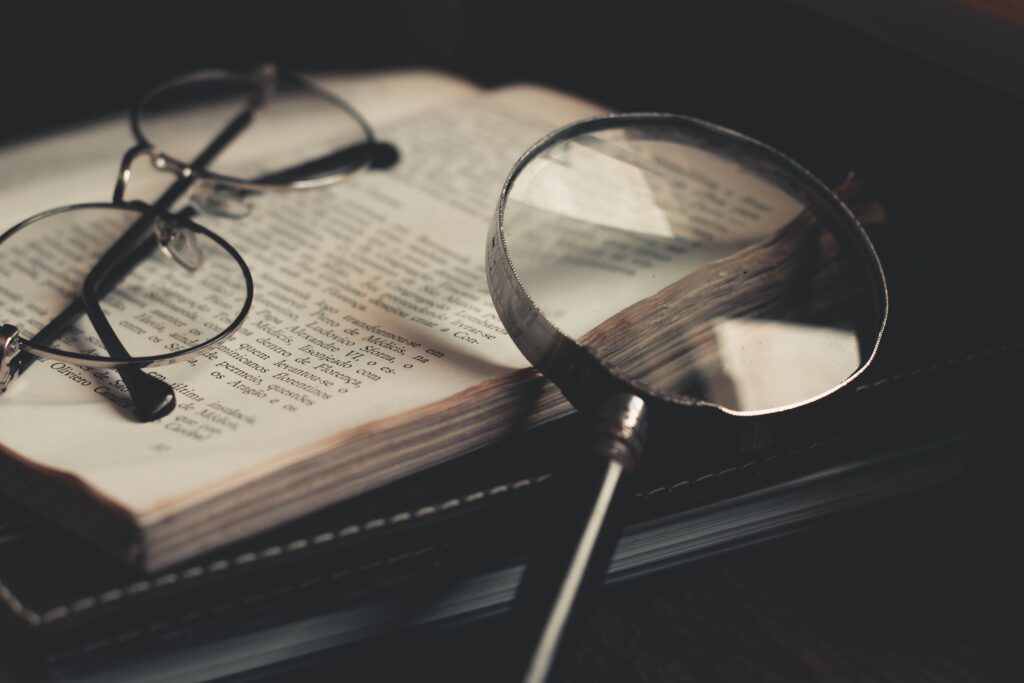Are you about to deploy gamification for your organization? Then you’re probably wondering what you need to take into account. There is more expertise involved in gamification than you think. In this article, we share with you a complete overview of all the key expertise needed to develop and implement a gamification solution for water saving.
This is a continuation of the blog about the development process of a gamification solution for water saving. In that blog, we described how to set your product goals and frameworks from a problem/challenge. We also looked at what is involved in the development and testing phase.
In this article, we’ll expand on the knowledge shared in the reference blog. We’ll look at the expertise needed for the development and implementation phases of a gamification solution.
Expertise needed for the development of a gamification solution.
Coming up with a gamification solution is the first and crucial step. It requires by far the most knowledge. This is because a complex translation must be made from the problem to a content-rich game.
Domain research: analyzing internal and external factors
To develop a successful gamification solution, you need to know the details of the problem to be solved and the local conditions. For instance, If the problem is unsustainable water consumption, it should be clear why this is so. Leakage can be a major water waster in some areas while others have prolonged periods of drought. If the problem and external factors are not clear, the gamification solution may be developed incorrectly and will not deliver the desired results.
Education: translating the message into content
Now that the problem is clear and the external factors have been examined, a complex translation must be made. As an organization, you know the message you want to convey and the behavioral change you want to achieve. These elements must be put into a form that the target audience understands.
An ‘educational department’ specializes in conveying learning material and helps to translate the message into understandable content. In the development phase, this educational department can be involved in designing a game concept, and also giving a workshop on water saving. Both activities can be done in combination with playing a game.
Game design: the development of a gamification solution
The first thing In the development phase is concept creation. . The concept consists of a short story that describes the world the player steps into and the other game elements.. If necessary, you also make 2D sketches of the characters and the game world. Besides a creative mindset, expertise in game design and game art is needed in this phase.

For the actual construction of a game, technical skills come into play. Game programmers get to work building the game elements. In addition to writing codes for new features, a programmer must also know how to detect and correct problems in codes.
Data collection: the basis for an effectiveness measurement
To measure whether the gamification solution is actually effective, it is important to collect data. For example, if the objective is to achieve an average water savings of 10% among participating households in 3 months, a water measurement should be taken at the beginning and end of the period.
Expertise needed for the implementation of a gamification solution
Now that your gamification solution is developed, you need to make sure that your target audience learns about the game through marketing. And while you are busy distributing the game, it is wise to keep optimizing the gamification solution.
Marketing: reaching and engaging the audience
Even the best gamification solution will not have the desired effect if there is no one actually telling users about it. A good marketing and distribution plan ensures that the target group knows about the game, is enticed to play it, and out of enthusiasm eventually recommends friends and family to play it too.
Examples of marketing activities include developing a website with information about the gamification solution. This is often accompanied by the design of a corporate identity and logo for the game. In the case of a gamification solution like the Water Battle, , schools were also visited to present the serious game.
Researchers and research skills
As mentioned earlier, it is important to collect data to measure whether the objective is being met. But, just having data is not enough. You need researchers who look at the data objectively and draw the right conclusions.
A good gamification solution is one that is constantly optimized. The conclusions of researchers and statisticians are shared with the development team who, in turn, get to work on improving the users’ experience.
Conclusion
There is more expertise involved in gamification than you think. To make a gamification solution successful, a lot of research needs to be done and, in addition to developing a good product, marketing and distribution are also important.
Would you like to know more about the Water Battle? Please feel free to contact us!

